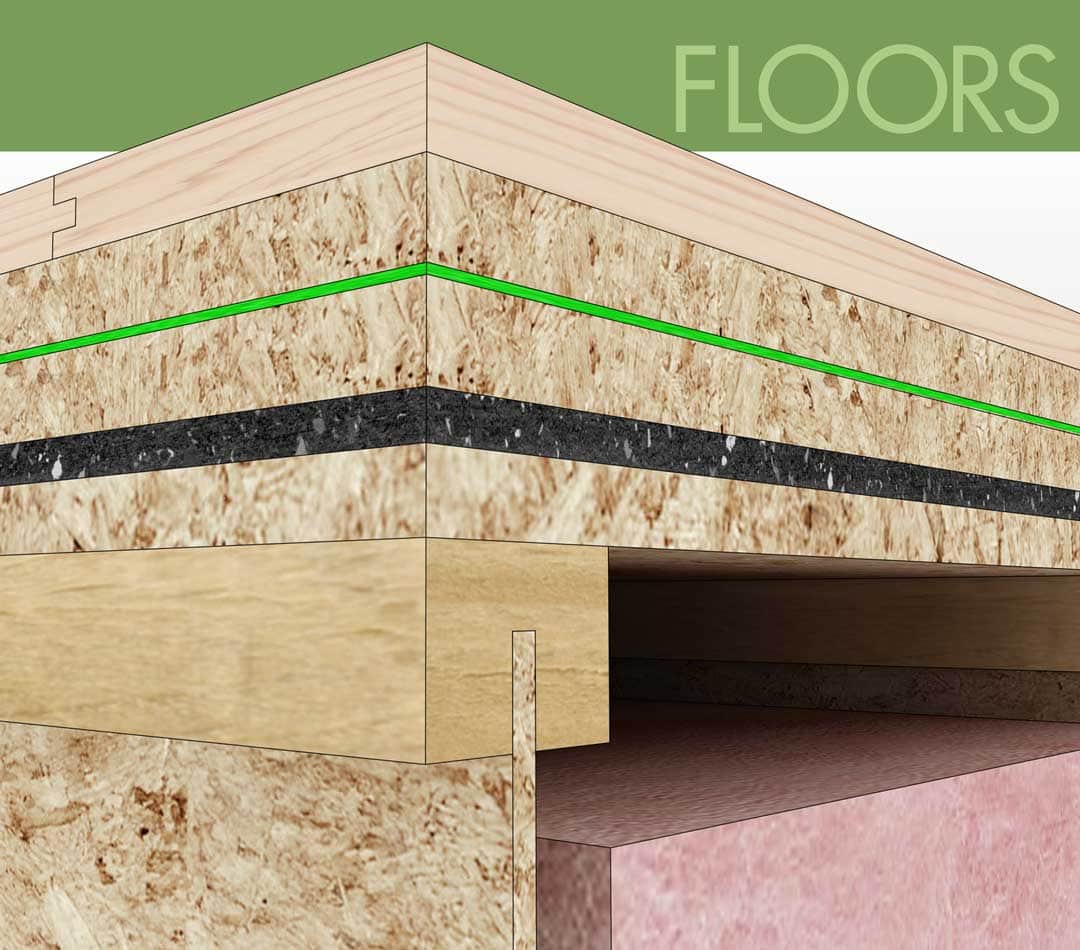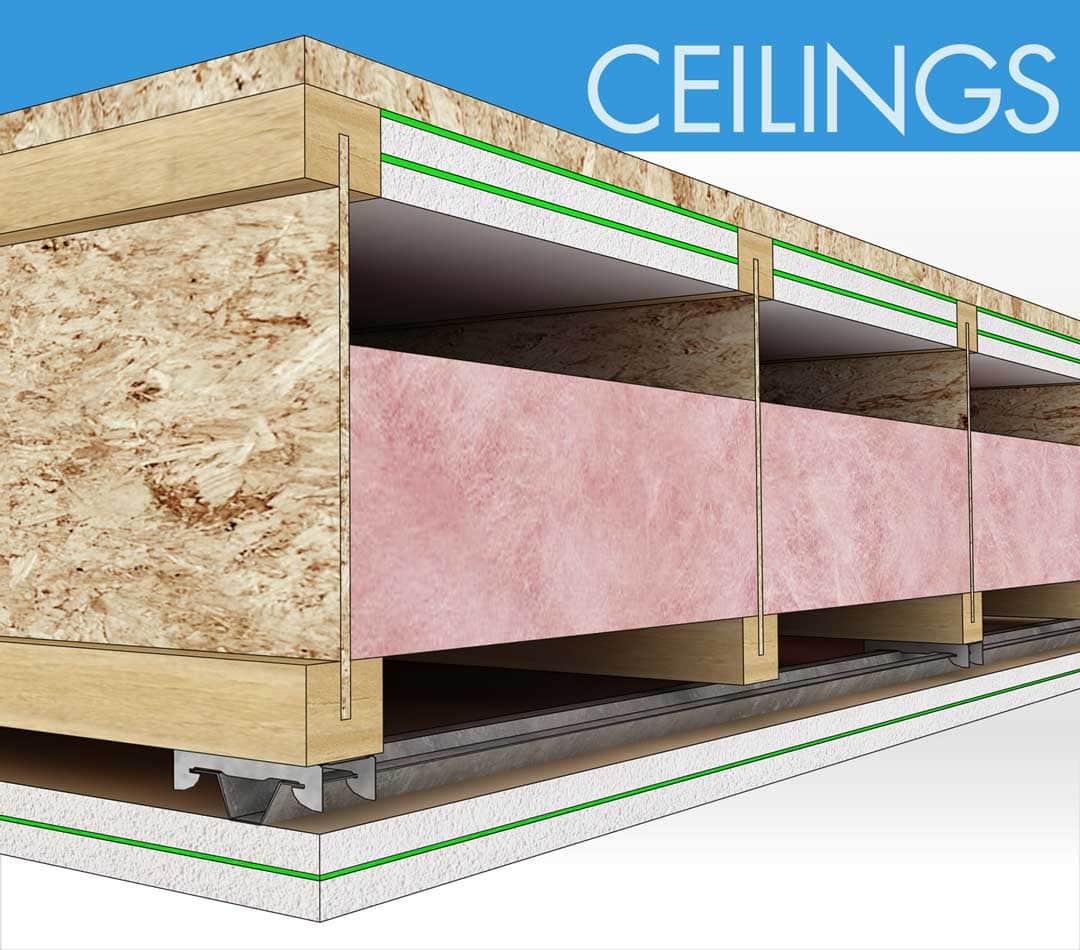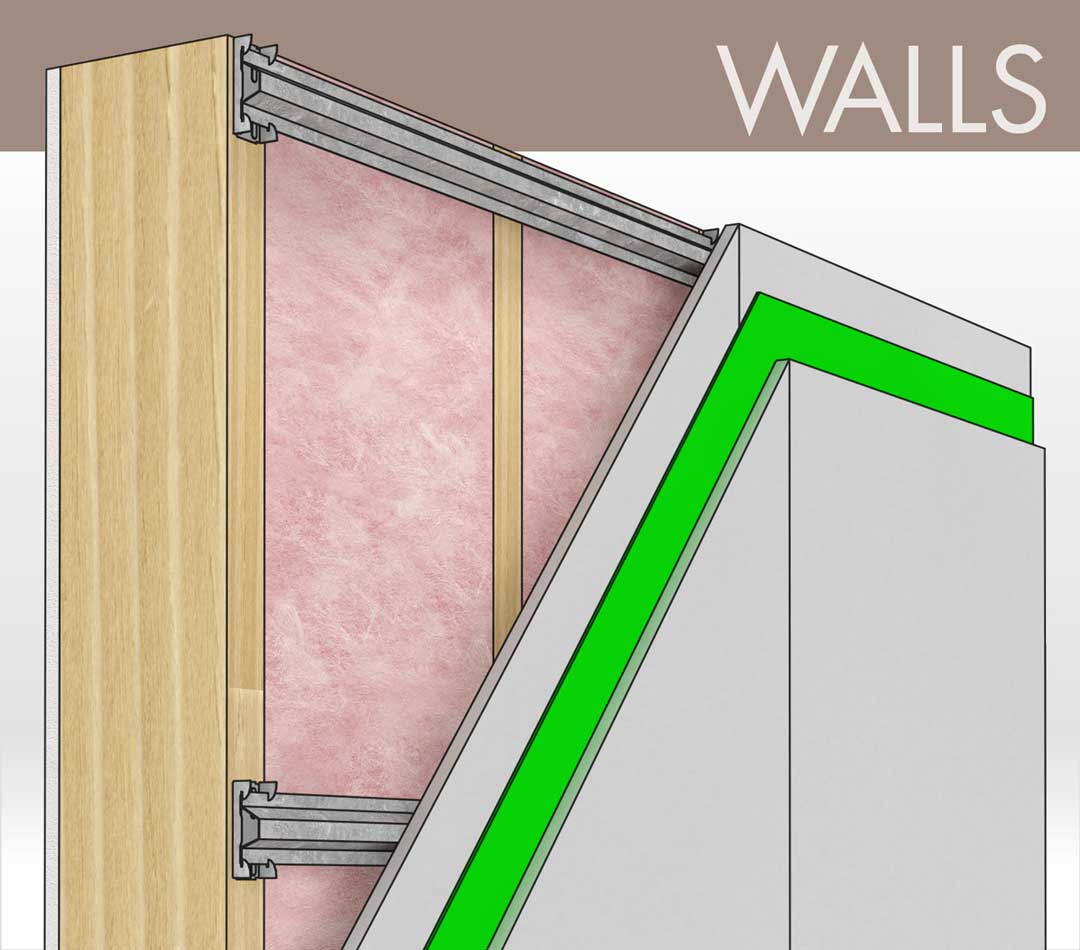Do not use resilient channel for soundproofing
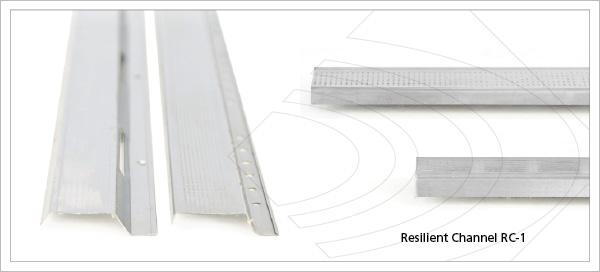
Resilient Channel, also known as RC-1
This is considered a “1 legged” material that is often used by itself to try and isolate sound. This is NOT a material specified by the SSMA and therefore there are dozens of questionable designs available in the marketplace. We discuss the serious limitations of Resilient Channel in another article, but for now, clearly this isn’t a product that can be used with Resilient Clips.
RC-2 Channel
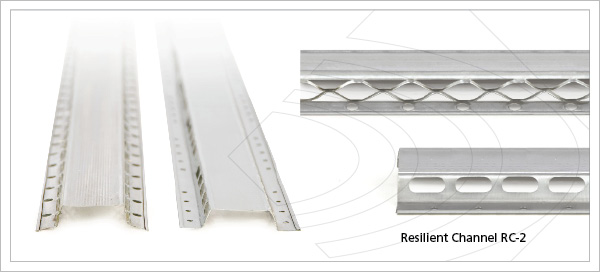
RC-2 Channel is also commonly referred to as resilient channel. Hat track, hat channel and furring channel are not appropriate names for this material.
This is a “2 legged” resilient channel that is also unspecified by the SSMA, and absolutely unsuitable for use with resilient sound clips.
History of Resilient Channel:
Resilient Channel was originally brought to the mass market decades ago by USG (United States Gypsum). The product was trademarked as RC-1, and tested extensively at Riverbank Acoustic Laboratories. Today many installers, architects and material retailers refer to any channel with one “leg” as RC-1. It’s important to note that USG hasn’t dealt with the original resilient channel design for years and years. Since then, many manufacturers have made a “resilient channel” and informally referred to previous USG test data for acoustic performance. This is entirely misleading and quite unfortunate. Resilient channel available today has many profiles, mil thicknesses and performance characteristics, so it really not possible to simply predict how any given piece of “resilient channel” will perform. Additionally any 1 or 2 legged resilient channel is not specified by the Steel Stud Manufacturers Association (SSMA). So there are no standards for its construction or use.

